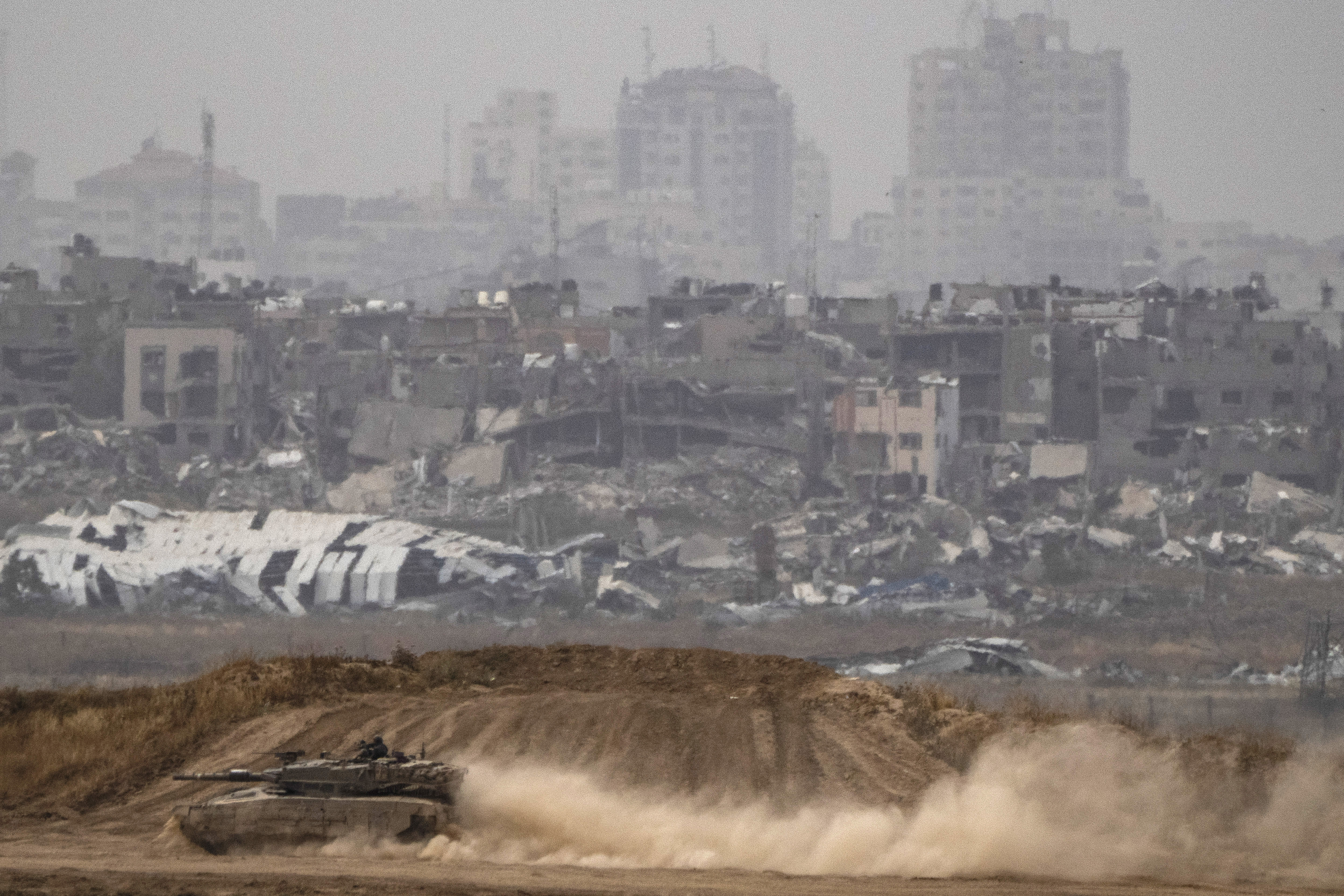Crews battled intense brush fires around San Diego for a fourth day Friday, as officials warned that the state's severe drought could lead to more outbreaks like the torrent of blazes that have ripped through parts of the county this week.
The rash of fires, which peaked at nine separate blazes at once earlier in the week, marked an unusually early and aggressive start to California’s summer wildfire season. The flames charred more than 10,000 acres, destroyed at least eight homes and forced tens of thousands to flee their neighborhoods.
While officials have not yet identified causes for the San Diego blazes, months of drought have led to extreme dry conditions that leave "nothing but kindling for these fires," as one local official said this week.
“We're seeing an unfortunate effect of what's happening with this drought,” Thomas Porter, Cal Fire's assistant southern region chief, told reporters Thursday evening.
California is under a drought emergency declared earlier this year by Gov. Jerry Brown. The state faces a third consecutive dry year, and low snowpack measurements
point to many more dry months ahead.
A recent
U.S. Drought Monitor report found the entire state was facing moderate to exceptional drought, a first in the Drought Monitor’s 15-year history. The latest report found extreme drought conditions present in nearly 77 percent of the state, with a quarter of the state under
exceptional drought conditions.
Those months of extreme dryness have created "dead vegetation and fuels that are very volatile," Porter said, and compounding the fire risk was unseasonable weather. Extreme heat and high winds in the region further stoked the flames, sending fires ripping through more than 10,000 acres — about 15 square miles — in a span of just four days.
The latest fires follow an uptick in fire activity all year that has prompted Cal Fire to increase staffing throughout the state. In March, the agency said fire activity was
200 percent higher than average statewide. “We have never gone out of what we would call fire season,” Porter said this week. “We have closed [the 2013 season] on Dec. 31, 2013, and we opened the 2014 fire season on Jan. 1, 2014.”
The intensity and timing of the blazes, which mainly erupted over two days, caught many in the San Diego area off guard. While
officials praised many residents' efforts to prepare and protect their homes, pruning and other chores aimed at curbing fire risks were still on many other residents' to-do lists so early in the season.
“Who’d have thought this May?” resident Jim Buchanan said as flames threatened his home. “Doesn’t fire know the rules?”
With no signs that prime wildfire conditions will let up, Porter said Cal Fire will remain ready for battle.
“We have not left our fire stations,” Porter said. “Didn't close any of them in Southern California... We cannot fight these fires alone.”
State officials have pledged to do what they can to to lessen the drought's blow. In April, Brown issued
a second executive order to help deal with the state’s drought, in an effort to help prevent wildfires and assist cities and farmers. The order came a month after he signed $687.4 million worth of legislation to assist drought-affected communities and
provide funding to better use local water supplies.
Brown said the order “cuts red tape to help get water to farmers more quickly, ensure communities have safe drinking water, protect vulnerable species and prepare for an extreme fire season.''
Still, local officials say residents should be prepared to weather more fires in the near future, as the high season for the blazes heats up.



